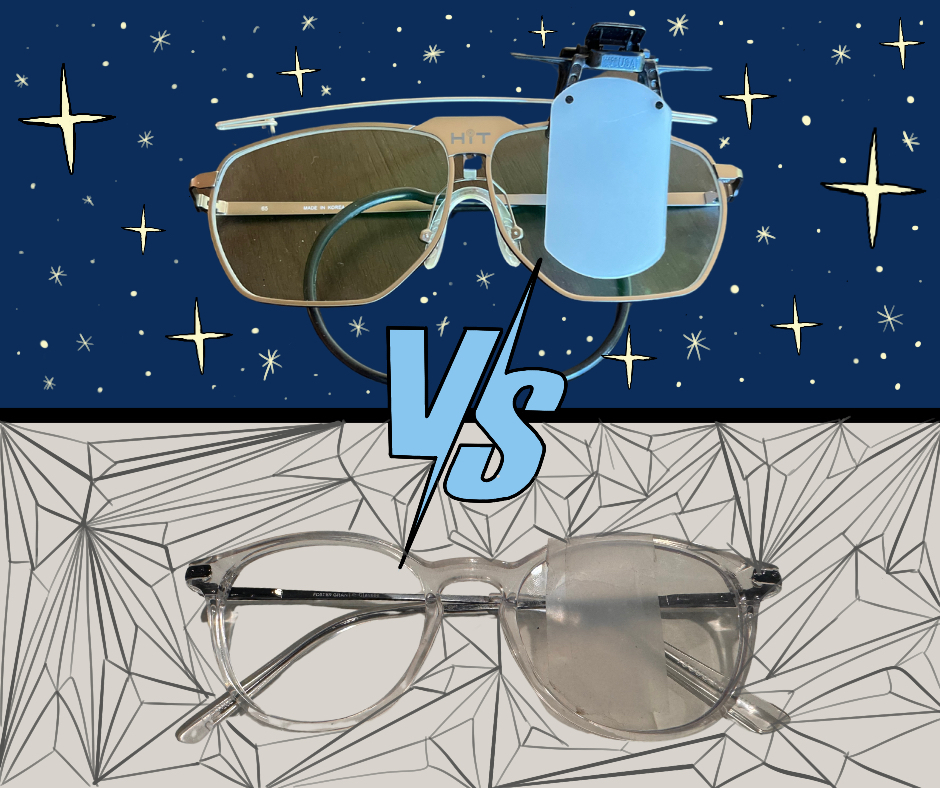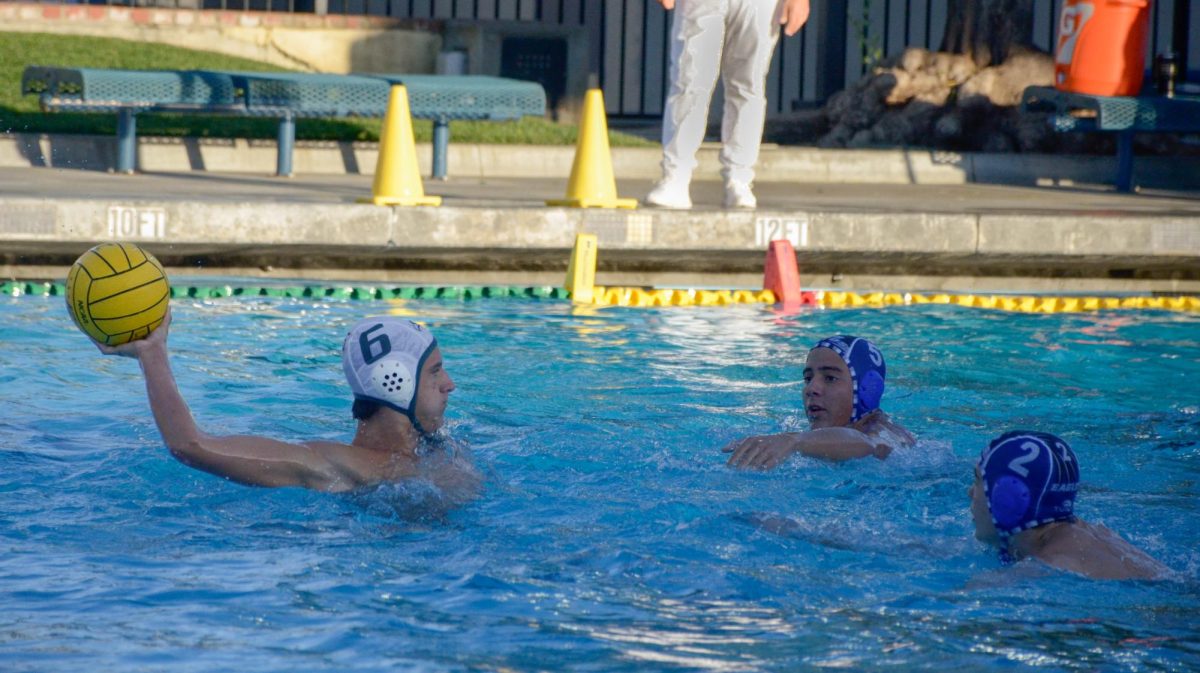The crowd holds their breath in anticipation as a man toes the line that denotes shooting distance from the target. Dressed in a simple T-shirt branded with Turkey’s team logo, he adjusts his glasses before raising his pistol, ready for the start of the timer. The competition begins. Bang. Bang. Bang. Bullseye after bullseye after bullseye.
While his competitors were decked out in custom shooting glasses and top-of-the-line ear muffs, 51-year-old Turkish sharpshooter Yusuf Dikec stepped up, becoming a social media sensation after pulling off an astonishing Olympic run to win the 10 meter mixed Air Pistol silver medal at the 2024 Paris Games. His achievement, despite lacking the fancy gear associated with elite athletes, has reignited the debate over whether higher-quality equipment necessarily correlates to improved performance.
In a statement to Turkish news station Haberturk, Dikec said, “I think my shooting pose represented the Olympic spirit very well: the fair play, simplicity, clarity and naturalness. That’s why it got so much attention. I never needed that equipment. I am a natural. A natural shooter.”
To Dikec, equipment pushes the boundaries of sport in an unnatural way, and he suggests that his talent alone carried his success in the Games. Competitive shooter Young Min (12) agrees with the Olympian in regards to the world of shooting.
“I feel like the equipment doesn’t matter as much as how much effort you put into the sport,” Young said. “Even if you have the best equipment: best pistol, best glasses, best shooting shoes, best type shooting of pellets, if you’re not putting in the effort, it’s useless. It’ll get you a couple more points, but it’s not the type of stuff that’ll be a dealbreaker if you want to go to the Olympics.”
Even in the wake of Dikec’s success without advantageous gear, concerns arise over “technological doping,” an idea first introduced in the 2016 Rio Olympics. During the men’s marathon event, all three medalists were outfitted in unreleased Nike Vaporfly prototypes, secretly provided to them by the company despite being unavailable to the other runners.
When the shoe was finally announced more than six months later, the Vaporfly’s groundbreaking design featured soles that act like springs to maximize runners’ efficiency by returning more energy than any other model on the market. In 2019, Vaporfly-wearing athletes swept 31 out of 36 podium positions across six major world marathons.
Carrying a hefty price tag of $250, the Nike Zoom Vaporfly is more than twice the average cost of running shoes, which was calculated in 2021 by RunRepeat to be $110.15. With a lack of standardized regulations over designs and prices of shoes, critics worry that competitors with access to greater resources could gain an advantage.
Varsity cross country athlete Kristiyan Kurtev (10) experienced firsthand how the prices of running shoes often correlate with their comfort level.
“There is a noticeable difference with less expensive shoes,” Kristiyan said. “The footing of the shoe is really hard, and it doesn’t feel soft when you run with it. Most of the more expensive shoes that I’ve tried definitely feel softer and make you feel lighter when you run with them, which is the main difference that I’ve noticed.”
A similar issue arises in swimming, where tech suits, special swimwear designed to optimize speed in the water, can have a great impact on race times. Offering varying levels of compression and buoyancy to athletes, tech suits can be the difference between a first place finish and a narrow defeat, especially at the elite level.
Varsity swim team member Kyra Cui (12) commented on the importance of high-quality gear in her sport, noting that even natural talent is not always enough to offset the advantages provided by the newest materials or custom designs.
“Some people have raw talent,” Kyra said. “They might not have a great amount of equipment, but if they have the raw talent, then they could go far with it. But on top of that, if you add good equipment, you could make your talent even better.”
With its ability to provide athletes a competitive advantage over their opponents, “technological doping” parallels traditional drug doping in ways beyond just its name. Turning sports into a race for the newest, most advanced equipment, “technological doping” paves an unbalanced playing field that favors athletes from more privileged backgrounds.
Although the World Anti-Doping Agency has implemented standards for drug doping, it leaves individual governing sports bodies to put laws in place regarding equipment. Thus, there is a lack of consistent guidelines across all sports, and regulations are often put into place only after significant disagreements.
While ever-evolving equipment may be a natural part of modernizing the game, as our society shifts towards a greater dependency towards technology, this sparks the question of whether competitive advantages are a product of improper gear distribution.
“As technology gets better, I hope we’re able to use it in the races,” Kyra said. “If you’re able to make a tech suit better, why not? Just make sure the playing field is fair.”


















![“[Building nerf blasters] became this outlet of creativity for me that hasn't been matched by anything else. The process [of] making a build complete to your desire is such a painstakingly difficult process, but I've had to learn from [the skills needed from] soldering to proper painting. There's so many different options for everything, if you think about it, it exists. The best part is [that] if it doesn't exist, you can build it yourself," Ishaan Parate said.](https://harkeraquila.com/wp-content/uploads/2022/08/DSC_8149-900x604.jpg)




![“When I came into high school, I was ready to be a follower. But DECA was a game changer for me. It helped me overcome my fear of public speaking, and it's played such a major role in who I've become today. To be able to successfully lead a chapter of 150 students, an officer team and be one of the upperclassmen I once really admired is something I'm [really] proud of,” Anvitha Tummala ('21) said.](https://harkeraquila.com/wp-content/uploads/2021/07/Screen-Shot-2021-07-25-at-9.50.05-AM-900x594.png)







![“I think getting up in the morning and having a sense of purpose [is exciting]. I think without a certain amount of drive, life is kind of obsolete and mundane, and I think having that every single day is what makes each day unique and kind of makes life exciting,” Neymika Jain (12) said.](https://harkeraquila.com/wp-content/uploads/2017/06/Screen-Shot-2017-06-03-at-4.54.16-PM.png)








![“My slogan is ‘slow feet, don’t eat, and I’m hungry.’ You need to run fast to get where you are–you aren't going to get those championships if you aren't fast,” Angel Cervantes (12) said. “I want to do well in school on my tests and in track and win championships for my team. I live by that, [and] I can do that anywhere: in the classroom or on the field.”](https://harkeraquila.com/wp-content/uploads/2018/06/DSC5146-900x601.jpg)
![“[Volleyball has] taught me how to fall correctly, and another thing it taught is that you don’t have to be the best at something to be good at it. If you just hit the ball in a smart way, then it still scores points and you’re good at it. You could be a background player and still make a much bigger impact on the team than you would think,” Anya Gert (’20) said.](https://harkeraquila.com/wp-content/uploads/2020/06/AnnaGert_JinTuan_HoHPhotoEdited-600x900.jpeg)

![“I'm not nearly there yet, but [my confidence has] definitely been getting better since I was pretty shy and timid coming into Harker my freshman year. I know that there's a lot of people that are really confident in what they do, and I really admire them. Everyone's so driven and that has really pushed me to kind of try to find my own place in high school and be more confident,” Alyssa Huang (’20) said.](https://harkeraquila.com/wp-content/uploads/2020/06/AlyssaHuang_EmilyChen_HoHPhoto-900x749.jpeg)


















